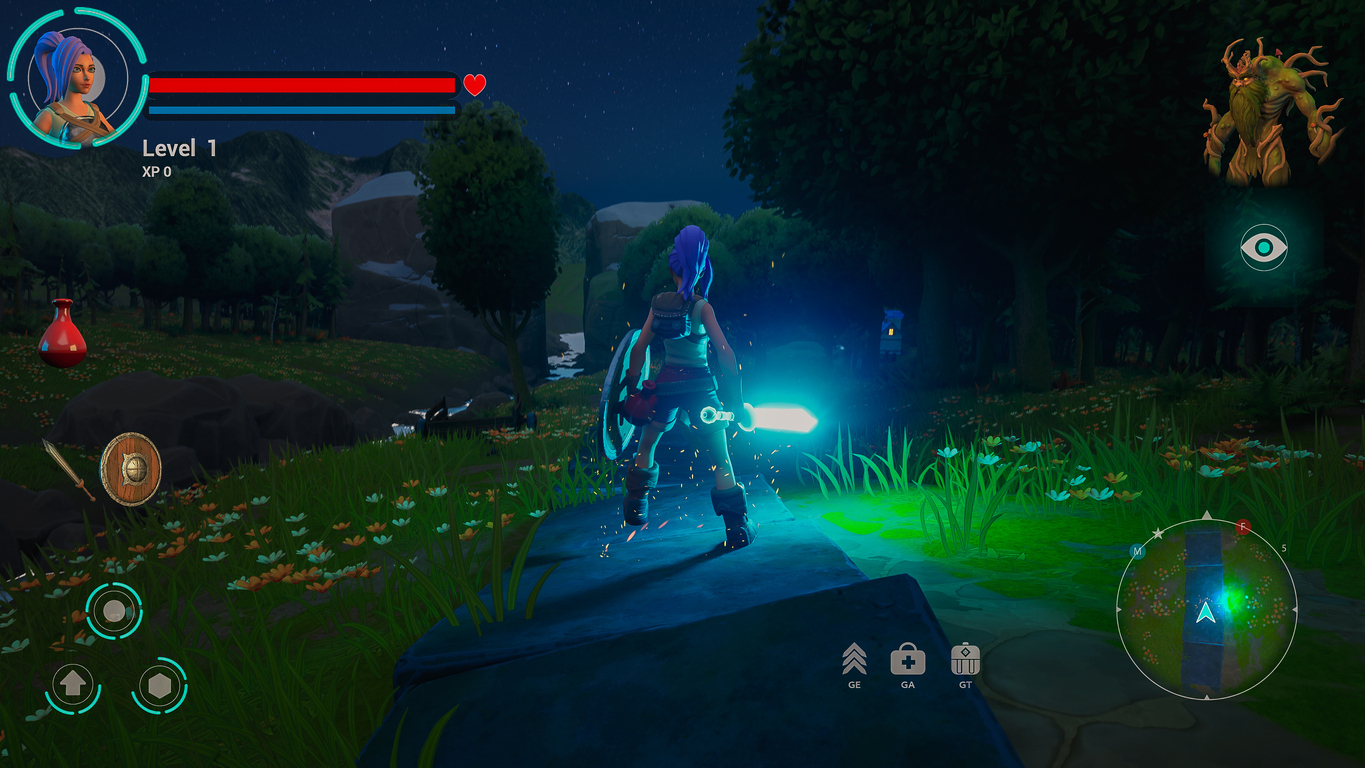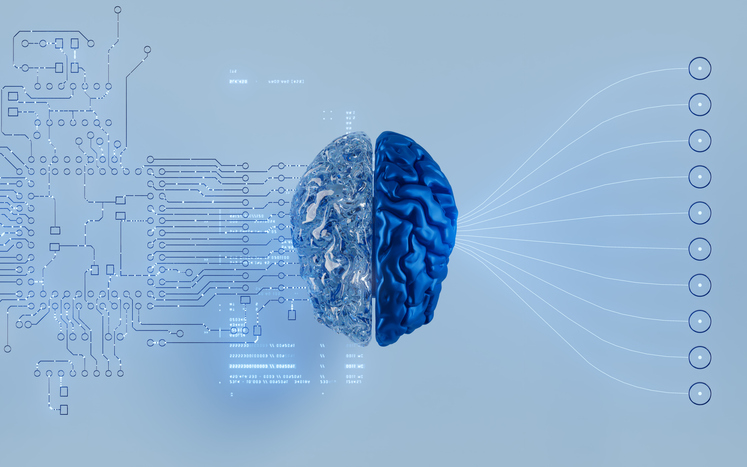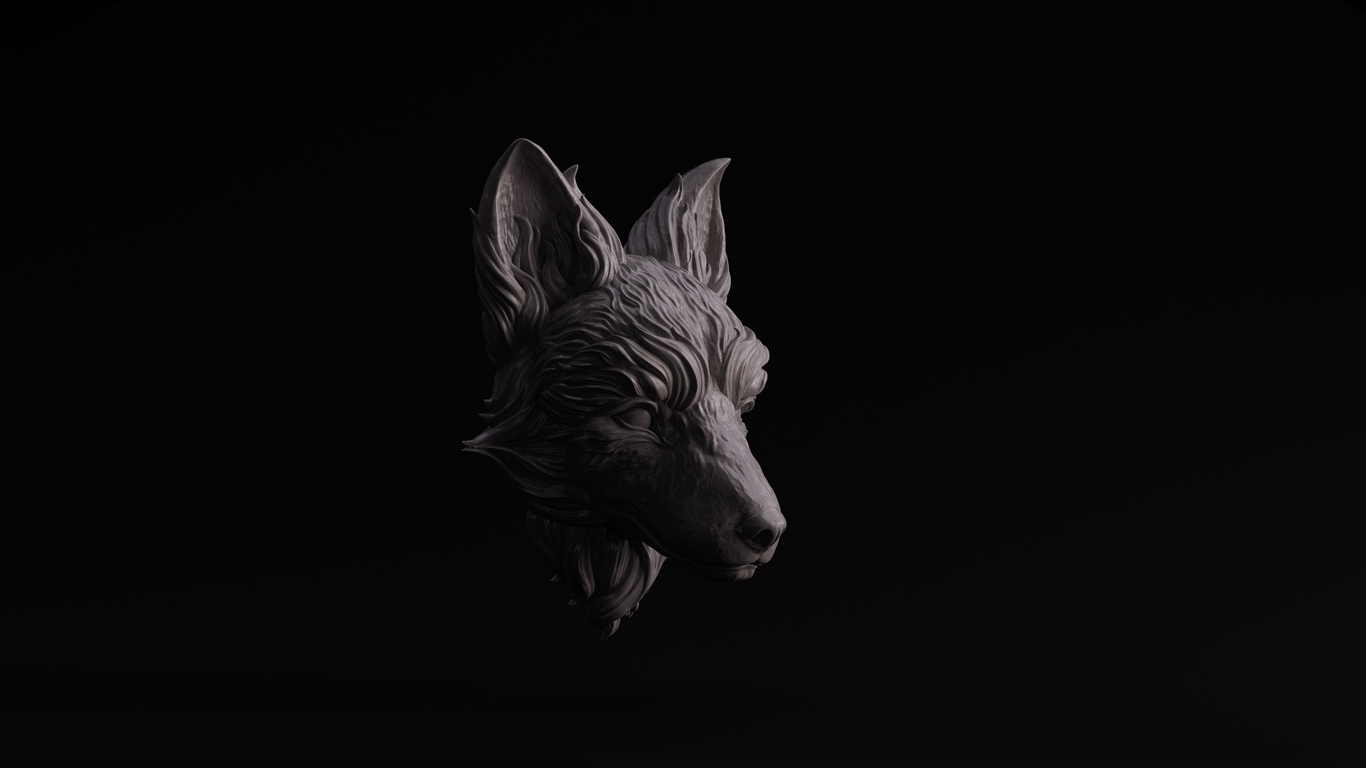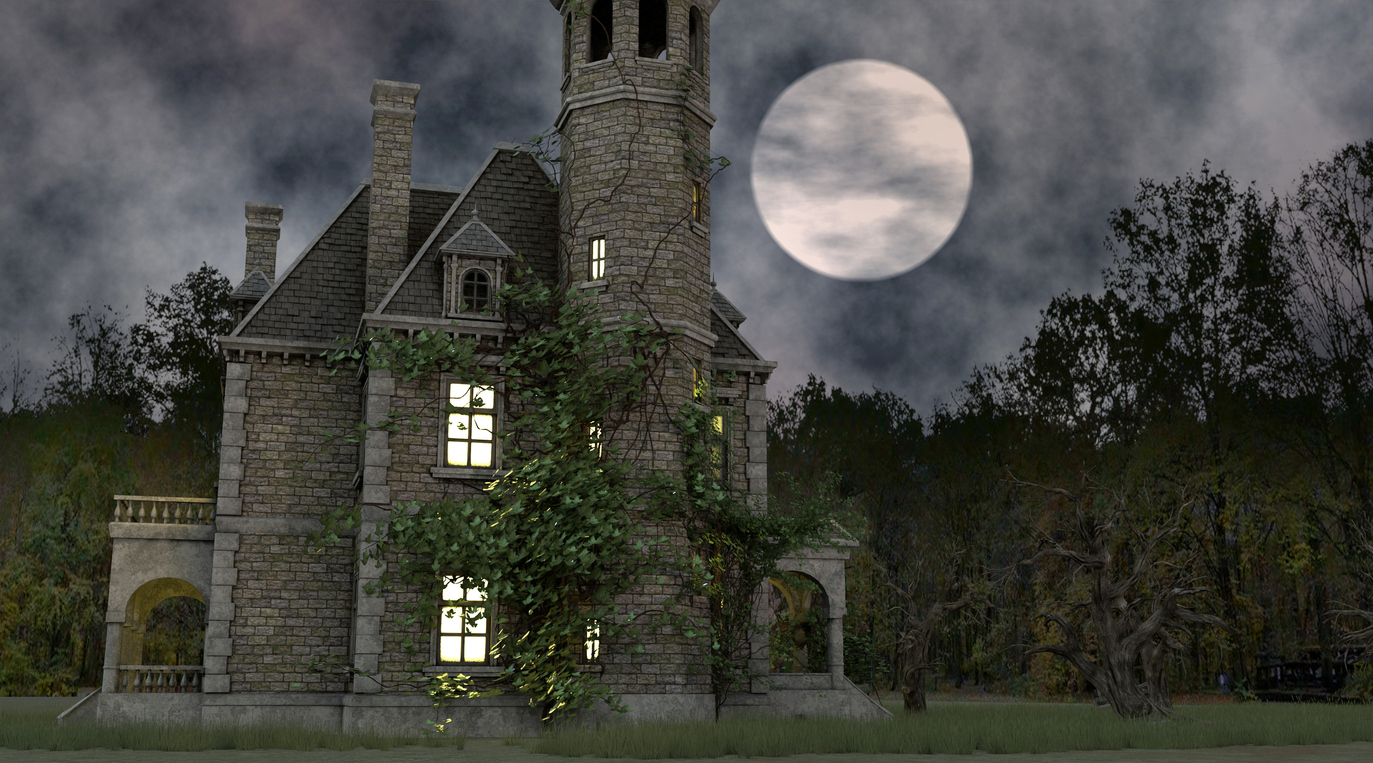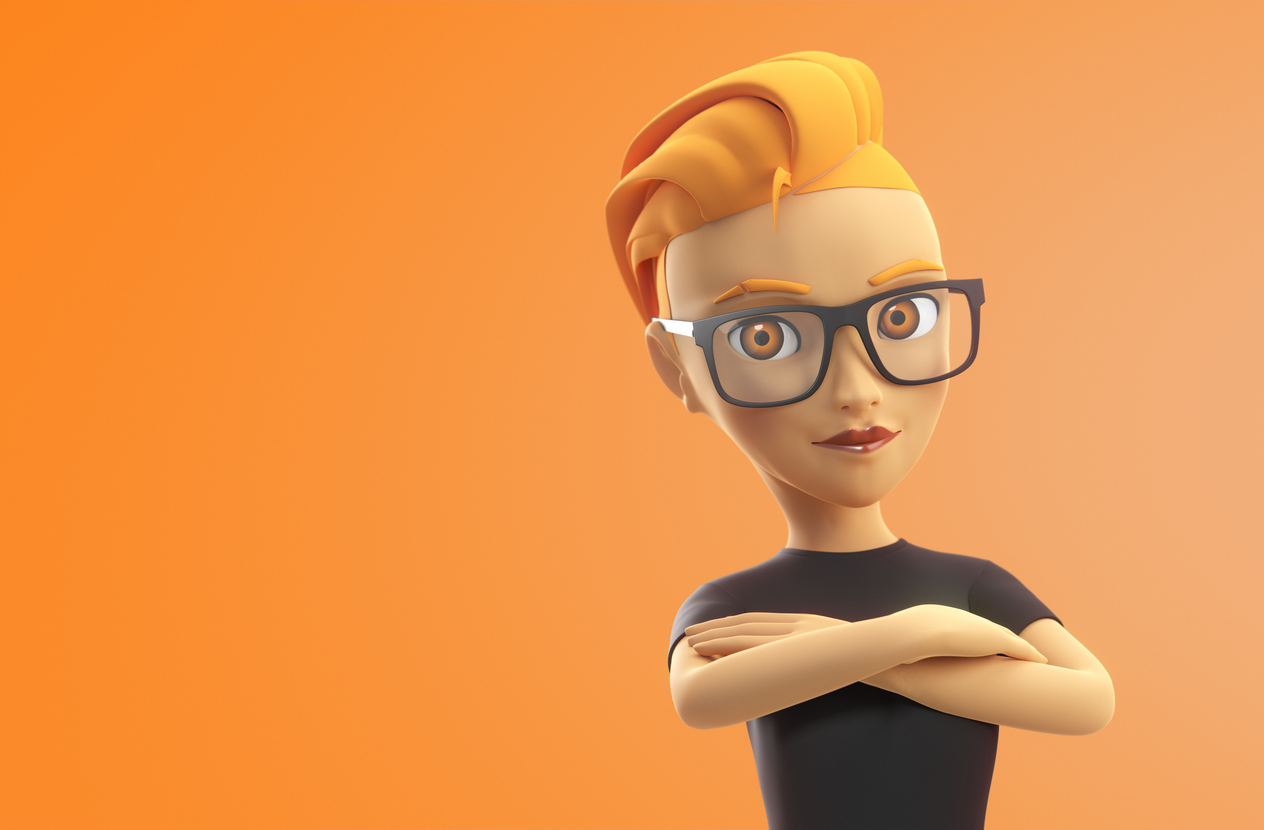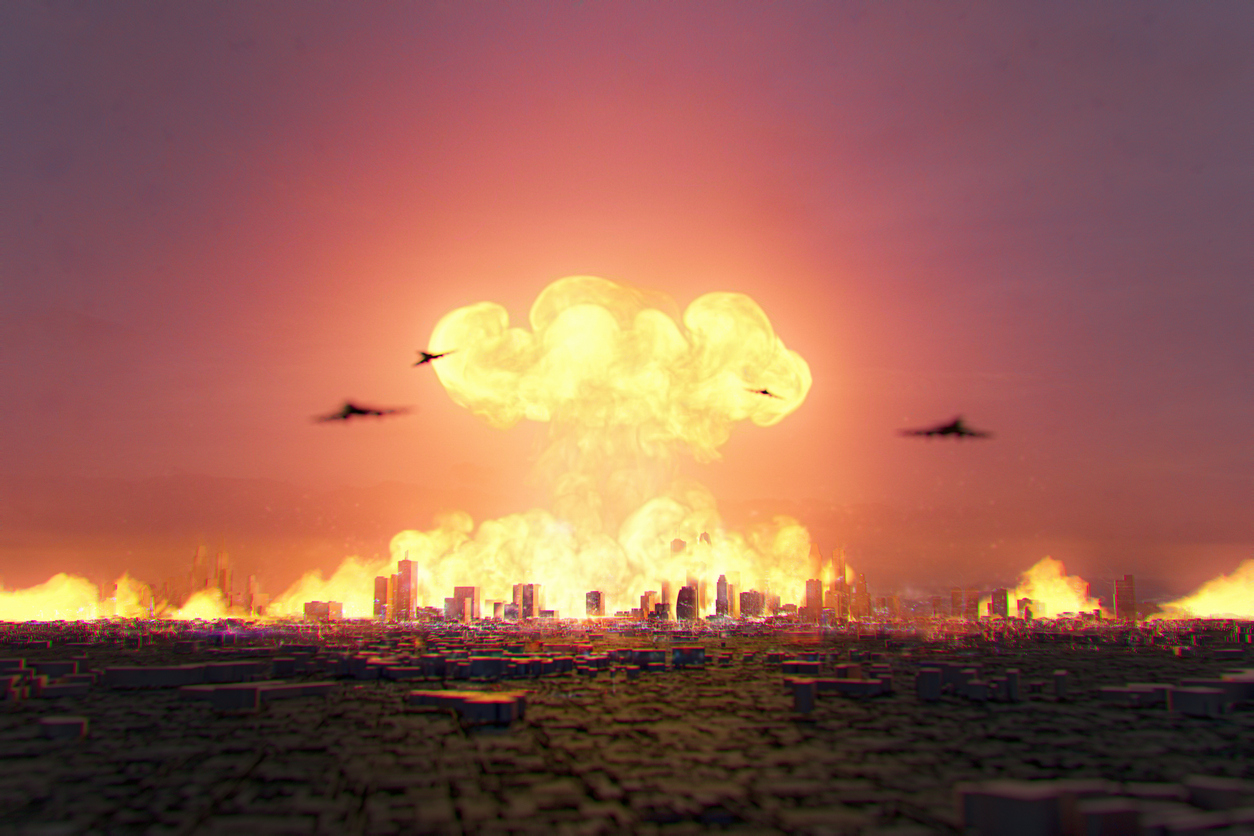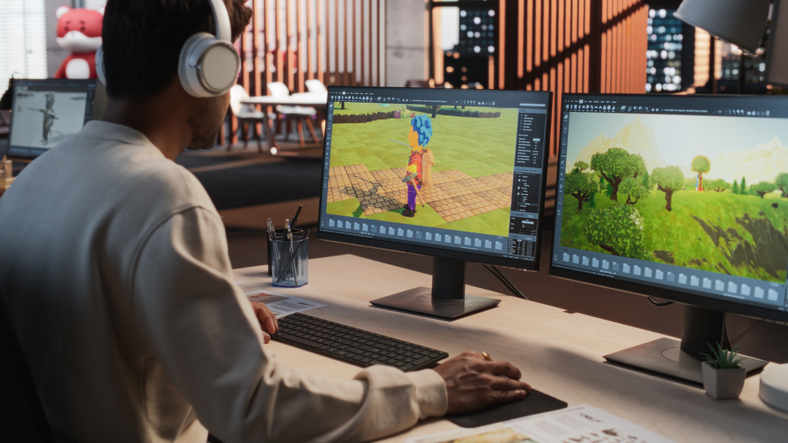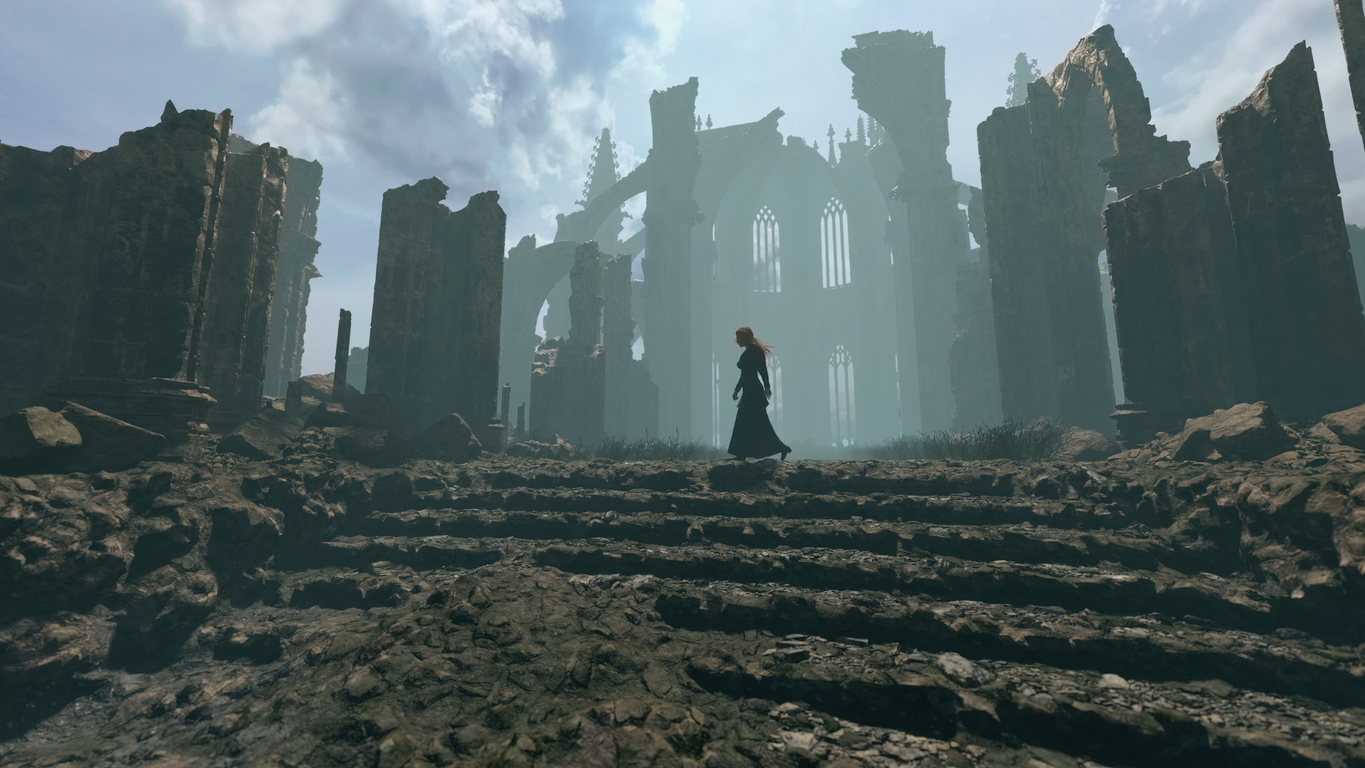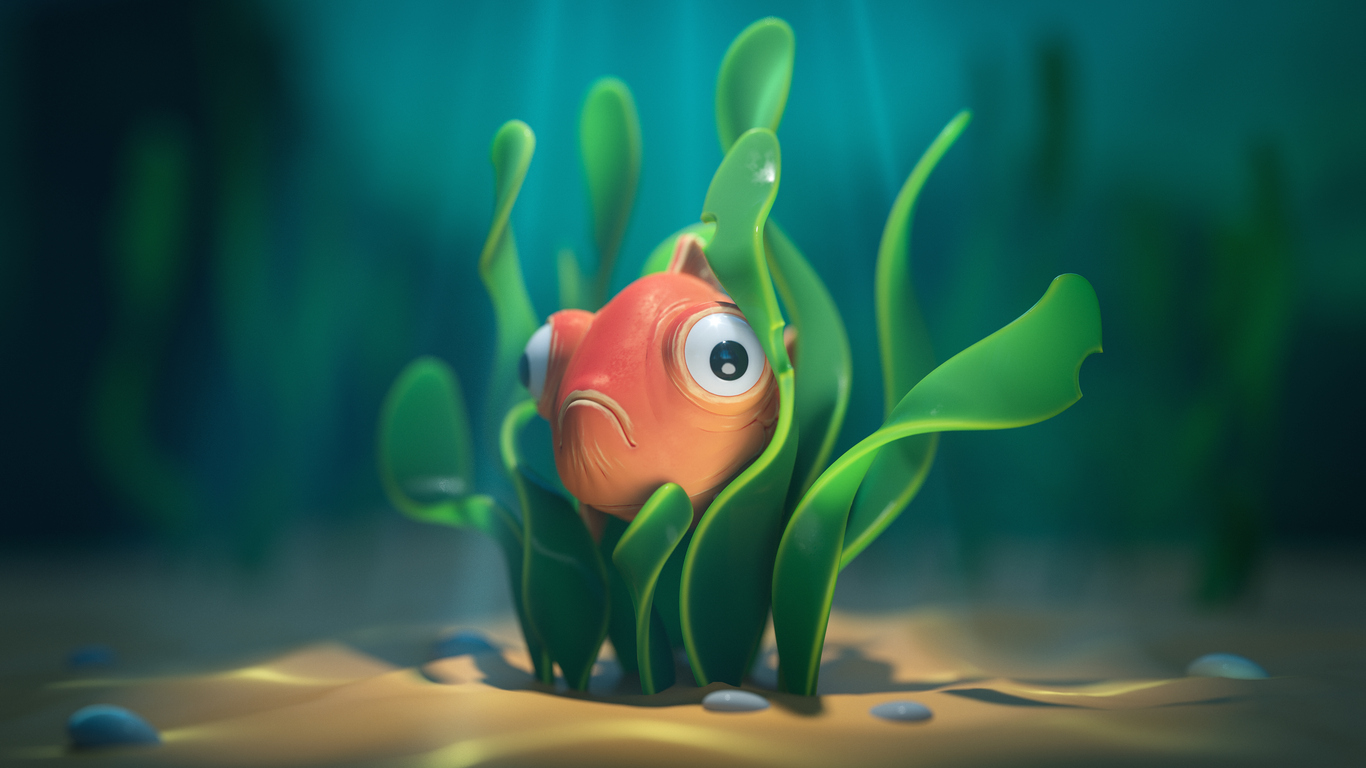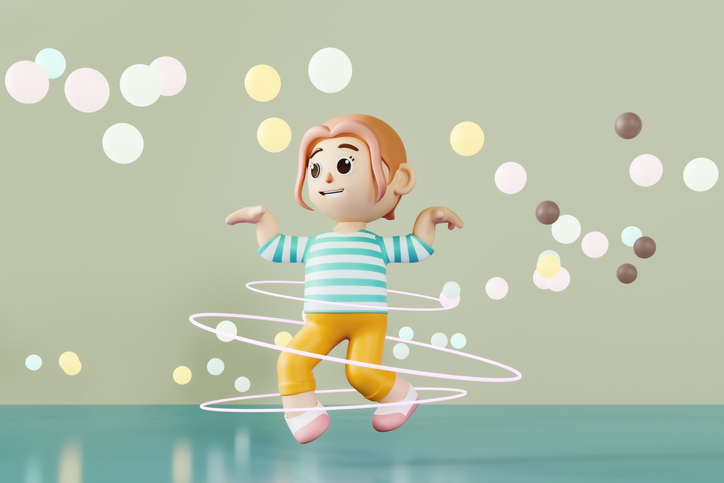If you’ve ever opened After Effects and thought, “This is great for motion graphics, but can it actually handle real 3D?” You’re not alone. For years, the answer was basically not really. You could fake 3D with layers or rely on plugins, but it wasn’t true 3D animation. That changed in a big way. With newer versions of After Effects (23.0+), Adobe has added powerful 3D tools that let you import, light, and animate actual 3D models no plugin required. Now you can:
- Import GLB, GLTF, OBJ, and FBX 3D models
- Rotate, scale, and animate them in real 3D space
- Use cameras just like in 3D software
- Add lights and cast realistic shadows
- Preview everything in real time
- Even use embedded animations from the model itself
In other words, … After Effects isn’t just a 2D tool anymore. It’s a beginner-friendly gateway into the world of professional 3D animation. And in this guide, you’ll learn exactly how to animate 3D models in After Effects step by step, with pro tips, real workflow advice, and career context. Plus, if you want to take this further and build a career in 3D animation, I’ll show you the best path to get there.
Let’s dive in.
Can After Effects Really Animate 3D Models? (Yes, and Here’s How It Works)
After Effects now includes a native Advanced 3D Renderer, which supports:
✅ Real-time 3D viewport
✅ 3D transform gizmo (move, rotate, scale easily)
✅ Perspective cameras
✅ Lighting and shadows
✅ Materials and reflections
✅ Environment lighting (HDRI)
✅ Embedded animations from GLB/FBX
✅ Camera tracking integration
✅ Draft 3D preview for speed
This means you can treat a 3D model just like you would in Maya, Blender, or Unreal but inside a familiar interface. So, if you know basic AE animation (keyframes, layers, timeline), you already understand 50% of the process
Before You Start: What You Need
✅ Software
✅ A 3D Model
Accepted formats:
- GLB / GLTF (recommended — includes textures + animations)
- FBX (great for animated rigs)
- OBJ (geometry only)
- 3D assets from Adobe Stock, Sketchfab, TurboSquid, etc.
✅ Basic AE Knowledge
You should know how to:
- Create a composition
- Set keyframes
- Use layers and timeline
That’s it. Let’s animate.
STEP-BY-STEP: How to Animate 3D Models in After Effects
Step 1: Import Your 3D Model
- Go to File > Import > File
- Select your GLB / GLTF / FBX / OBJ
- AE treats it like footage — drag it into your Project panel
Tip: GLB or GLTF is best because it keeps textures and materials intact.
Step 2: Add the Model to a Composition
- Create a new Composition (just like any animation project)
- Drag the 3D model into the Timeline
Boom, now it appears as a layer.
Step 3: Enable 3D Mode + Advanced Renderer
In the Timeline:
- Click the 3D cube icon next to the model layer
- Go to Composition Settings > 3D Renderer
- Choose Cinema 4D or Advanced 3D (recommended)
Advanced 3D unlocks:
✔ Real-time preview
✔ Better lighting/shadows
✔ Environment lighting
Step 4: Use the 3D Transform Gizmo
Select the model layer. You’ll see the 3D Gizmo, this lets you:
- Move (X, Y, Z)
- Rotate
- Scale
This is true 3D space not faked.
Step 5: Position and Scale Your Model
Use:
- W = Move Tool
- E = Rotation
- R = Scale
Place it where you want it in the scene.
Step 6: Animate the Model (Keyframes!)
Just like any layer:
- Open Transform properties (P, R, S)
- Click the stopwatch to set keyframes
- Move forward in time
- Change position/rotation/scale
After Effects automatically animates between keyframes.
Example:
At 0s: Position X = 0
At 2s: Position X = 500
→ The model smoothly moves across the screen.
Step 7: (Optional) Use Embedded Animations
If your model has built-in animations (e.g., character walking):
- Select model layer
- Go to Animation Options
- Choose from the list of embedded animations
- Press spacebar to preview
You can also trim or time-remap the animation.
Step 8: Add a Camera (for cinematic movement)
Layer > New > Camera
Now you’re controlling the POV.
Camera Tools:
- C key cycles between Orbit, Pan, Dolly
- Move the camera around like a real 3D scene
Want dynamic shots?
Animate the camera using keyframes. This instantly makes your animation feel like a movie.
Step 9: Add Lights and Shadows
Layer > New > Light
Types:
- Point light (like a lamp)
- Spotlight (focused beam)
- Ambient (overall light)
- Parallel (sunlight)
Then enable shadows:
- Layer > Material Options > Cast Shadows: On
- Light settings: Shadow Darkness, Shadow Diffusion
This step is where 3D scenes come alive.
Step 10: Use Environment Lighting (HDRI)
You can light your model using an image or video as the environment.
- Apply Image-Based Light
- Drop an HDRI or video
- Your model reflects and reacts realistically
This is how high-end VFX shots get realism.
Step 11: Preview with Draft 3D
Click Draft 3D in the comp viewer. This gives you:
✅ Real-time playback
✅ Faster navigation
✅ Accurate lighting preview
Once happy, turn off Draft 3D to see the final quality.
Step 12: Add Finishing Touches
- Motion Blur for realism
- Depth of Field (enable on camera)
- Color Grading (Adjustment Layer)
- Glow, VFX, Fog, etc.
After Effects excels here. It’s not just animation — it’s compositing and polish.
Step 13: Render
Use Media Encoder for best results:
- File > Export > Add to Media Encoder
- Choose H.264 or ProRes
- Export
You just animated a 3D model in After Effects.
Pro Features Most Beginners Don’t Know About
Once you’re comfortable, level up with these:
✅ Extract lights/cameras from imported 3D models
Useful if model was exported from Maya or Unreal with camera moves.
✅ Shadow catcher layers
Let 3D objects cast shadows onto real footage.
✅ Time remapping for animation speed
Slow down or speed up animations smoothly.
✅ 3D tracking + model integration
Place 3D models into live-action footage that moves (mind-blowing results).
✅ Expressions for automatic animation
Add bounce, rotation, flicker without keyframes.
How Pros Actually Use After Effects in 3D Pipelines
Real studios don’t use just one program. They combine tools like this:
|
Task
|
Software
|
|
Modeling
|
Maya / Blender / ZBrush
|
|
Texturing
|
Substance Painter
|
|
Rigging
|
Maya
|
|
Animation
|
Maya / Blender / Unreal
|
|
Camera Tracking & Compositing
|
After Effects
|
|
VFX & Motion Graphics
|
After Effects
|
|
Rendering
|
Redshift / Arnold / Unreal / AE
|
After Effects is the glue, and it brings everything together, adds effects, and preps for final delivery. That's why professionals who know AE + 3D are incredibly valuable.
Common Mistakes Beginners Make (And How to Avoid Them)
❌ Mistake 1: Importing the wrong file format
✅ Use GLB/GLTF when possible (includes animations & textures)
❌ Mistake 2: Forgetting to change the 3D Renderer
✅ Switch to Advanced 3D
❌ Mistake 3: Not using cameras
✅ Animate the camera for cinematic movement
❌ Mistake 4: Flat lighting
✅ Use at least 2–3 lights + shadows
❌ Mistake 5: No motion blur
✅ Turn it on to make motion feel natural
❌ Mistake 6: Trying to learn everything from YouTube
✅ Tutorials show features.
They don’t teach real workflow, storytelling, or professional standards. That’s where proper training changes everything.
If You Want to Do This Professionally, You Need More Than After Effects
Animating a 3D model in After Effects is a great start — but real 3D artists need to know the full pipeline:
✅ 3D modeling (characters, props, environments)
✅ Sculpting and anatomy
✅ UV mapping and texturing
✅ Rigging (preparing models for animation)
✅ Animation principles (timing, spacing, posing)
✅ Lighting and rendering
✅ Compositing (After Effects)
✅ Storytelling and design
✅ Building a portfolio that gets jobs
You can’t learn all that from YouTube. You need structured training, mentorship, and real-world projects. Which brings us to…
Want to Actually Master 3D Animation? Here’s the Best Way to Do It.
If you're serious about animation, CGI, and digital storytelling then VCAD’s 3D Modeling Animation Art and Design Diploma is built for you. This isn’t a generic art program. It’s a career-focused, industry-driven 72-week training experience that teaches you everything from the first sketch to a complete animated scene. And yes, you’ll learn After Effects 3D animation as part of the pipeline.
🎓 What You’ll Learn in the Program:
✅ Create CGI images
✅ Model characters, props, and environments
✅ Sculpt in Z-Brush
✅ Texture with Substance Painter
✅ Animate 3D movement
✅ Design lighting and shading
✅ Build storyboards and scenes
✅ Composite in After Effects
✅ Use Unreal Engine and Houdini for advanced workflows
✅ Critique and improve productions like a pro
🛠 Industry-Standard Tools You’ll Use
This program trains you on the EXACT software studios use:
- Maya
- Z-Brush
- Unreal Engine
- Houdini
- Substance Painter / Designer / 3D Sampler
- Adobe After Effects
- Adobe Photoshop
- Redshift
- Python
- Toolbag
- Media Encoder
You don’t just “learn” then you build real projects with them.
📚 Flexible Learning Built for Real Life
This program offers an Autonomous Learning Model:
- 95% Asynchronous (learn anytime)
- 5% Synchronous (1 intensive week per 12-week term)
- Designed for full-time workers or busy creatives
- 20+ instructional hours per week
- Studio-like online environment
- Live feedback from experienced instructors
Learn when inspiration strikes, not when a timetable tells you.
🎨 Build a Professional Portfolio
By graduation, you won’t just have skills, you’ll have a job-ready portfolio featuring:
- 3D characters
- Animated scenes
- Environments
- Props and textures
- Motion graphics and VFX
- After Effects animations
Studios hire based on portfolios and VCAD makes sure yours stand out.
🚀 Career Opportunities
Graduates work in:
🎬 Computer Animation Studios
🎮 Game Development Companies
🎞 Post-Production & VFX
🏢 Industrial Design Firms
🧪 Software & 3D Graphics Companies
Job Titles You Can Aim For:
- 3D Character Animator
- 3D Modeler
- 3D Texture Artist
- 3D Lighting Artist
- Environment Artist
- VFX Artist
- Motion Designer
- Game Artist
The opportunities are HUGE and it’s growing fast.
Why This Program Works (When Others Don’t)
✅ You learn real tools, not outdated software
✅ You train with industry-experienced instructors
✅ You build portfolio projects that employers care about
✅ You get flexibility without losing accountability
✅ You’re treated like a future professional not a number
Most importantly…
You don’t just learn “how.”
You learn how to think like a 3D artist.
And that’s what studios pay for.
Final Thoughts: Your 3D Journey Starts Now
Animating a 3D model in After Effects is an amazing entry point into the world of CGI and digital animation. It teaches you:
- Movement
- Timing
- Camera work
- Lighting
- Storytelling
But if you want to go beyond basic animation and bring full worlds, characters, and stories to life, then it’s time to go deeper. VCAD’s 3D Modeling Animation Art and Design Diploma gives you everything you need to turn creativity into a career, even if you’re starting from zero.
🎯 No experience needed
✅ No waitlists
🖥 Online, flexible, career-focused
🎓 PTIRU Approved
🎨 Real portfolio by graduation
Ready to bring your 3D ideas to life?
Your future in animation starts now.
👉 Apply to the 3D Modeling Animation Art and Design program at VCAD and start your creative journey today.
